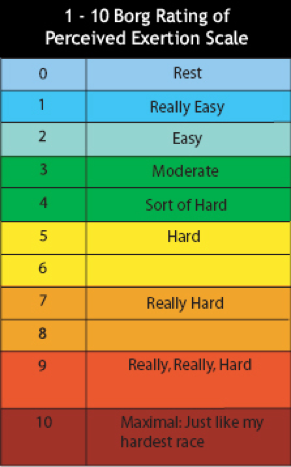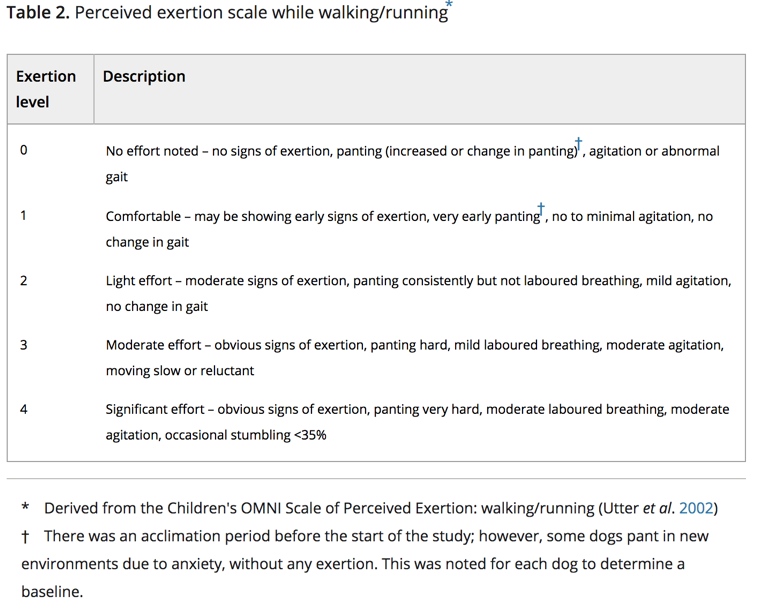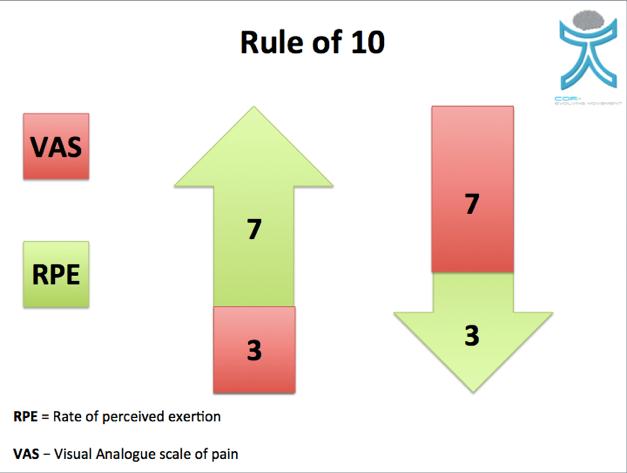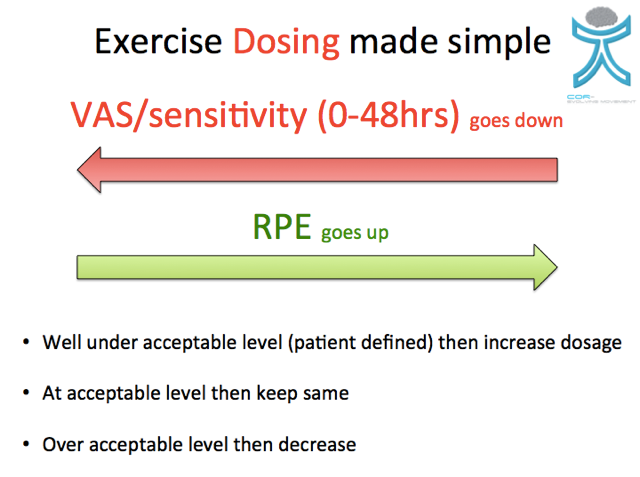Laurie's Blogs.
Jul 2019
Exercise for Pain… But How?
You’ve likely heard that exercise can be a form of pain management. (If you’ve not, then you really need to read more!) But if you (or in our case, your furry patient) is in pain, then how much exercise should you prescribe?
A wonderful (human) blog elaborates on this subject: https://www.physio-network.com/exercise-dosing-for-pain-is-not-the-same-as-exercise-dosing-for-fitness/
Essentially, you can’t use the same parameters as you would for exercise prescription for fitness. Nor can you use the same prescription methods as you would for rehab and reconditioning.
The goal of gaining fitness or returning to a previous level of fitness after an injury is not the same as exercising a patient that has chronic pain. Here we need to change our goals and exercise targets.
Therapeutic exercise targets:
- •Pain (the big confounder)
- •Specific functions (physical qualities are a part of but not all of this)
- •Fear avoidance & psychological measures (proving very important in outcomes & prognosis)
- •Confidence & motivation
- •Freedom of movement / relaxation
- •Movement strategy
- •Adherence
When we look at research on exercise prescription (for rehab or fitness), we know that there are many ways to accomplish the same goal (high loads / low reps; low loads / high reps; etc.) So, when we are looking at exercising in pain and for pain, then perhaps instead of coming up with a set plan, we need to be more fluid in our recommendations, and instead look at things like TOLERANCE. What is a tolerable amount of pain to exercise in or have after exercise? We must also know that tolerance is patient defined and patient specific. So, we’ll have to start somewhere and see how the patient tolerates that amount or that intensity of exercise, and adjust from there.
What things do you need to factor in to determine where to start? What is the current state of the patient?
Things that might affect our patient’s pain tolerance
- •Current/previous levels of exercising
- •Stress levels
- •Sleep behaviour
- •Anything that is associated with increased pain sensitivity to stimulus
Next (and this is tricky) is to try to determine the patient’s Rate of Perceived Exertion. Normally, in a human patient, you simply ask them! On the veterinary side, it’s much harder to determine. Is the animal panting, starting to lag behind, having troubles with the movement / effort?

So, while writing this I did a quick pubmed search to see if anyone has developed a canine perceived exertion scale for dogs… and indeed, just in April of 2019, there is a published study that validated just such a thing!!
Swanson KDJ et al. Development of a perceived exertion scale for dogs using selected physiologic parameters. J Small Anim Pract. 2019 Apr;60(4):247-253.
And here’s their scale:

Hooray! Now the other factor is to determine the dog’s pain level. That too can be done using a Visual Analogue Scale completed by the owner. Now… you need to try to come up with an exercise ‘dose’! The author of the human blog (Ben Cormack) suggests the following:

So, if the owner thinks the dog has a high level of pain, then the exercise dose should be at a lower rate of perceived exertion. You will also factor in the dog’s stress, fear, sleep quality so as to keep the dose within a tolerable range.
Now, you also want to monitor the response to dose. If you kept the RPE low and the exercise was easily tolerated, the you could push a little harder. If you get an adverse reaction at whatever dose you selected, then you may need to drop down the RPE. Another great visual here:

The bottom line is that you just won’t know until you try. It’s okay to not know what’s going to happen. You’ll make your best guess first and adjust (and educate) from there. Don’t panic, it’s going to take some trial and error. Tolerances will change. Current state of the patient will change. Sometimes a flare up gives us some useful information! Use your clinical reasoning.
But we do know that exercise can be helpful for pain… so don’t be afraid to prescribe it! And now you have some guidelines!


